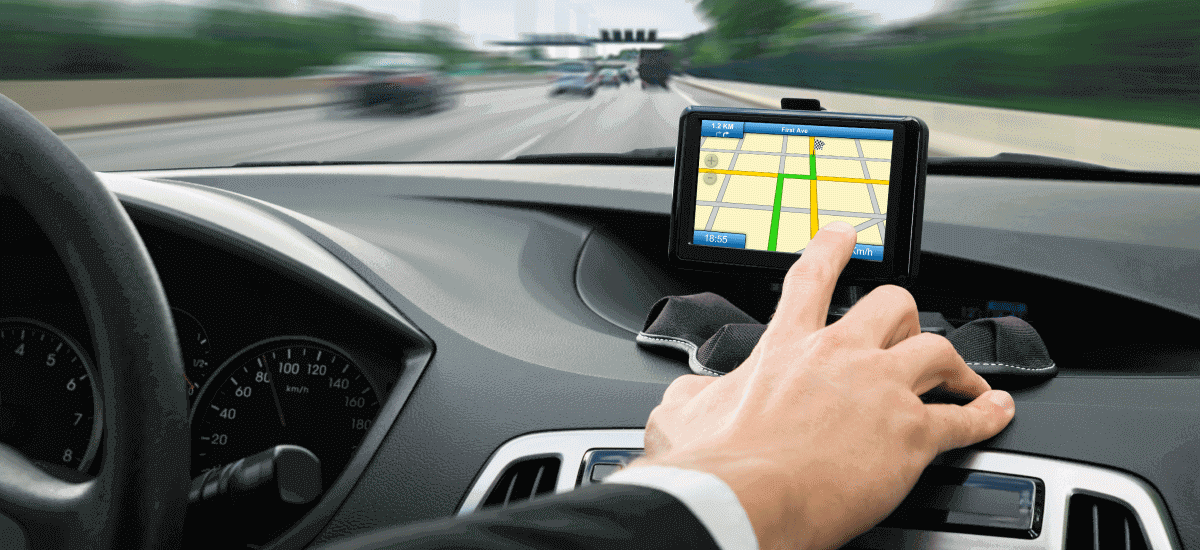As per the Motors Vehicle Act, having car insurance is mandatory in India. Car insurance is also necessary to keep you protected from accidents and losses. Insurance companies continuously come up with new features – whether for comprehensive insurance plans or riders. This constant innovation is to help you provide enhanced and better coverage. With technological advancement, insurance companies are moving toward a more convenient, easy, and simple ecosystem by switching to personalised from generalised processes. This means using certain add-ons like Pay As You Drive or Usage-Based insurance policies is becoming more common in developed and developing countries.
PAYD vs. UBI – A brief
A usage-based motor insurance policy is a car insurance policy that calculates your insurance premium based on your driving rather than a fixed amount, like any comprehensive policy. This insurance policy rewards healthy driving habits and often lets you save your premium if you do not use your car much.
On the other hand, PAYD or Pay as You Drive is a newly launched initiative by IRDAI. They have notified that car owners with mandatory third-party insurance coverage can now avail of Pay As You Drive for their damage coverage. It also aids the insured in customising their policy to an extent which, in turn, helps reduce the premium.
PAYD vs UBI policy – Coverage
A PAYD car insurance policy is a cover that declares and confirms that the vehicle will be run for certain kilometres. It is best for people who drive less than 15,000 km per year. Also, the premium payable for the insurance depends on the distance (km) you drive your car. Low premium values based on the distance (km) are – 2500 km, 5000 km, and 7500 km. Along with mandatory third-party liability insurance, PAYD insurance offers comprehensive coverage based on the number of km driven.
Whereas a usage-based insurance policy or UBI is a policy which is directly linked to the usage of the car. The premium is determined based on the following points –
- Distance travelled
- Driving behaviour includes speed, acceleration rate, braking pattern, and using your phone while driving the car.
This information is used to analyse the driving behaviour and determine the risk profile to calculate the premium. Hence, if you are a safe driver, you pay a lower premium than a rash driver. The insurance company uses the following devices to track your driving pattern –
- OBD (On-Board Diagnostic) sensors
- Telematics
- Plug-in device
- GPS device
In PAYD, the premium is calculated based on the number of distances travelled, and in UBI, the premium is calculated depending on your driving behaviour.
PAYD vs UBI – Benefits
Several benefits are associated with the PAYD car insurance and Usage-Based Insurance plan. Some of them are as below –
| PAYD car insurance plan | Usage-Based Insurance plan |
| In the PAYD car insurance policy you can top up your distance travelling quota if you feel you are about to cross the same. Hence, it ensures you get continuous coverage. | Based on your driving pattern, you will be rewarded with a customised premium if you have decent driving behaviour. |
| The plan can be customised depending on the vehicle’s usage in terms of the estimated distance to be covered by the vehicle. | You will have a tracker installed which will track your driving behaviour and can help you improve your driving skill and help you work on your mistakes. |
| Here the benefit you will get is – you will have to pay a low premium if you travel a shorter distance, which is not available in any other comprehensive policy. | If you have an accident, the telematics installed can help investigate the reason behind the accident so that you can take proper precautions and avoid any such circumstances in future. |
| The PAYD car insurance plan has a free telematic device to help you keep track of your car and see how many distances you have covered. | As insurance companies track and record the driving data, it becomes much easier to inspect and verify to sanction a claim. |
